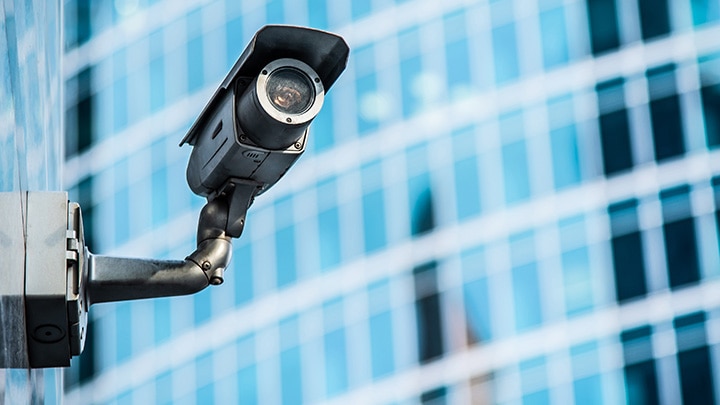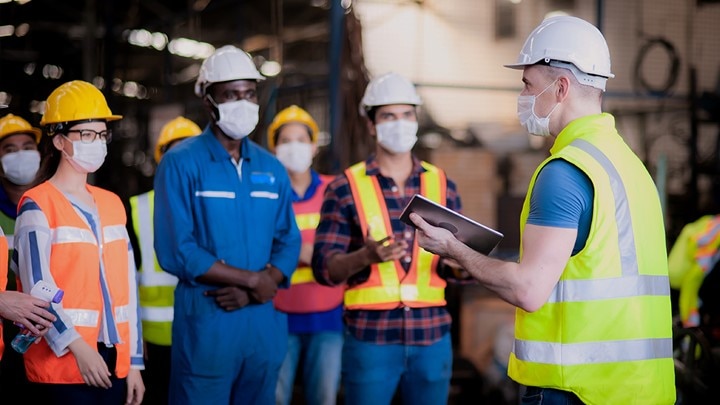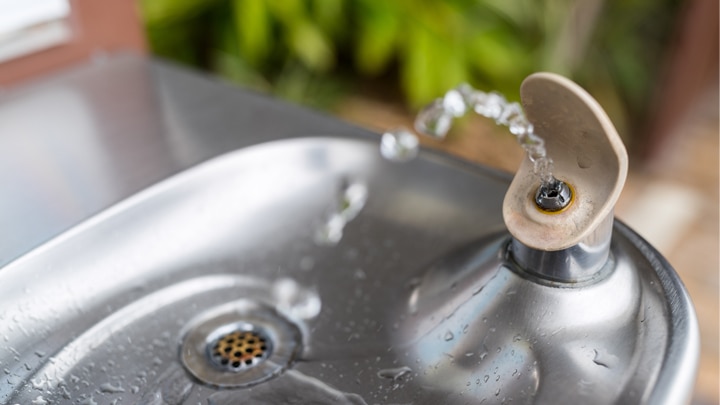
If you are closing a facility or downsizing operations as a result of COVID-19, the best way to reduce the exposure of property loss during idle business periods and increase the likelihood of a positive transition back to full business operations, is to have a facility plan which encompasses the following best practices:
- Secure all building openings (doors, windows, roof access etc.) to limit access by unauthorized persons.
- Maintain/provide manual security and/or electronic surveillance and monitored burglar alarm systems.
- Maintain interior and exterior lighting.
- Chain, lock and/or supervise all interior and exterior fire sprinkler control valves in the fully open position.
- Visually inspect sprinkler control valves and portable fire extinguishers a minimum of weekly to ensure they are available and ready for operation.
- Ensure all sprinkler and smoke/heat detection alarm systems are operational and monitored either via a constantly on-site or remote location (e.g. security office or central station alarm company).
- Ensure adequate heat is maintained throughout all areas of the premises (40° F) to avoid freeze-up potential of sprinkler, process or domestic waterlines or equipment.
- Close all fire doors and maintain them in good operating condition. If it is necessary to keep fire doors open, verify that they are operational and automatic closing devices are provided).
- Power down all non-essential equipment and disconnect all unnecessary power supplies.
- Remove all outside storage. If not possible, locate a minimum of 50 ft. from all important buildings and exterior equipment.
- Maintain all fire protection equipment, most notably fire sprinkler systems and fire pumps in accordance with appropriate NFPA standards.
- If deemed safe, maintain emergency response team members on-site as much as possible or maintain on-call personnel to be available to assist in emergencies (fire, water leakage, equipment shutdown, etc.).
- Place flammable and combustible liquids in existing flammable liquids storage room or cabinet or remove from building.
- Disconnect and remove compressed gas cylinders from the building.
- Remove combustible materials/residues from machinery.
- Remove all waste materials from the premises.
The illustrations, instructions, and principles contained in the material are general in scope and, to the best of our knowledge, current at the time of publication. Our risk control services are advisory only. We assume no responsibility for: managing or controlling customer safety activities, implementing any recommended corrective measures, or identifying all potential hazards.
No attempt has been made to interpret any referenced codes, standards, or regulations. Please refer to the appropriate government authority for interpretation or clarification.
Insurance is underwritten by Liberty Mutual Insurance Co. or its affiliates or subsidiaries.
Related insights
This website is general in nature, and is provided as a courtesy to you. Information is accurate to the best of Liberty Mutual’s knowledge, but companies and individuals should not rely on it to prevent and mitigate all risks as an explanation of coverage or benefits under an insurance policy. Consult your professional advisor regarding your particular facts and circumstance. By citing external authorities or linking to other websites, Liberty Mutual is not endorsing them.



